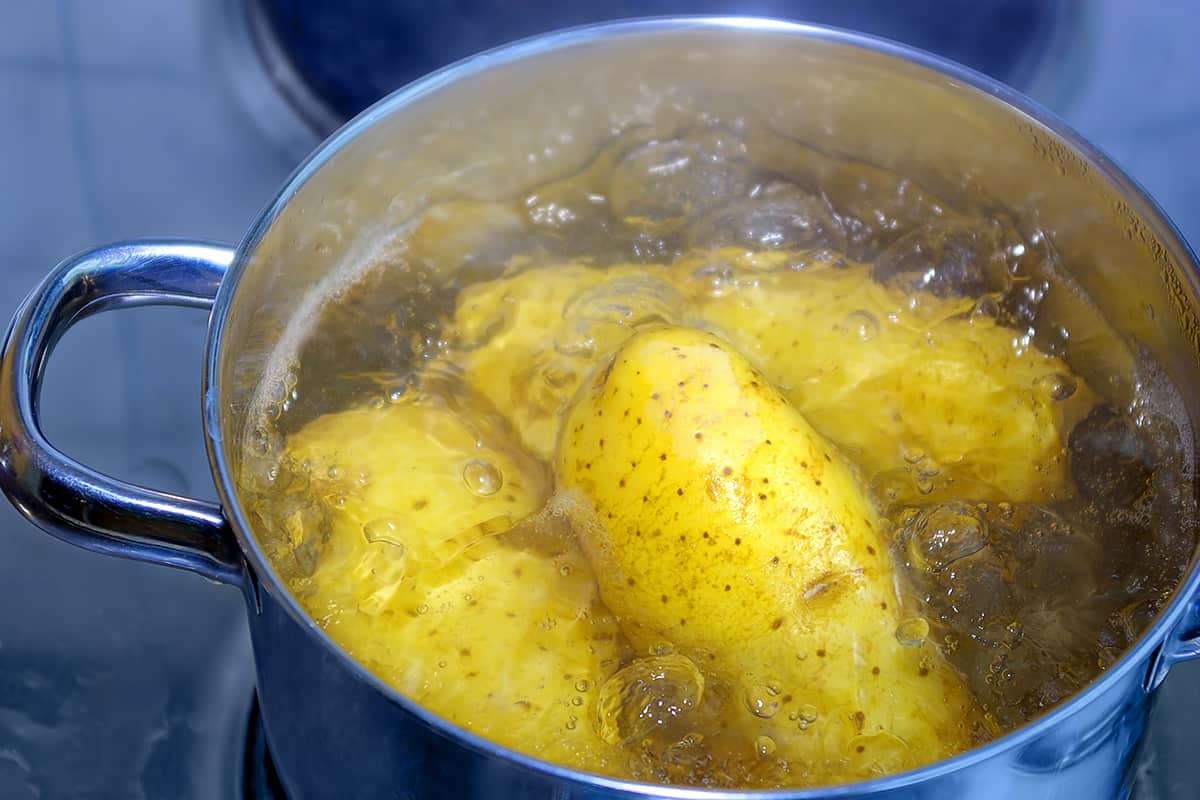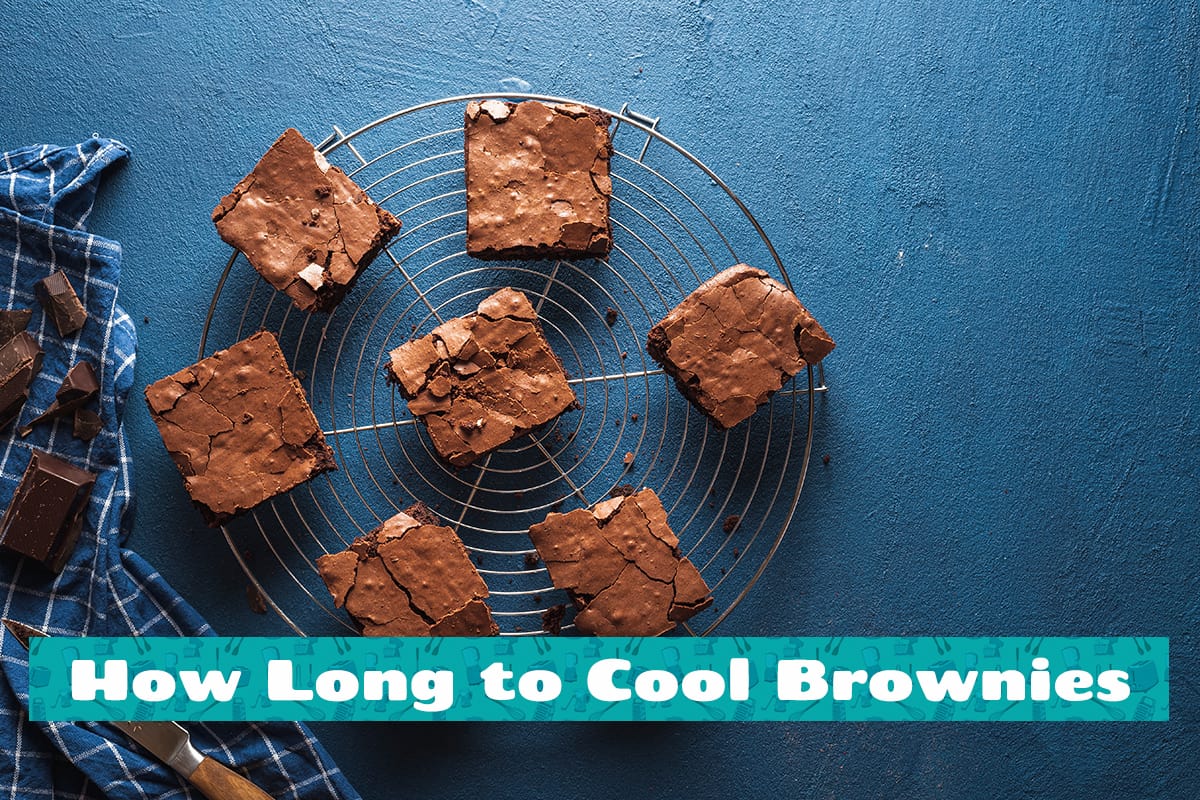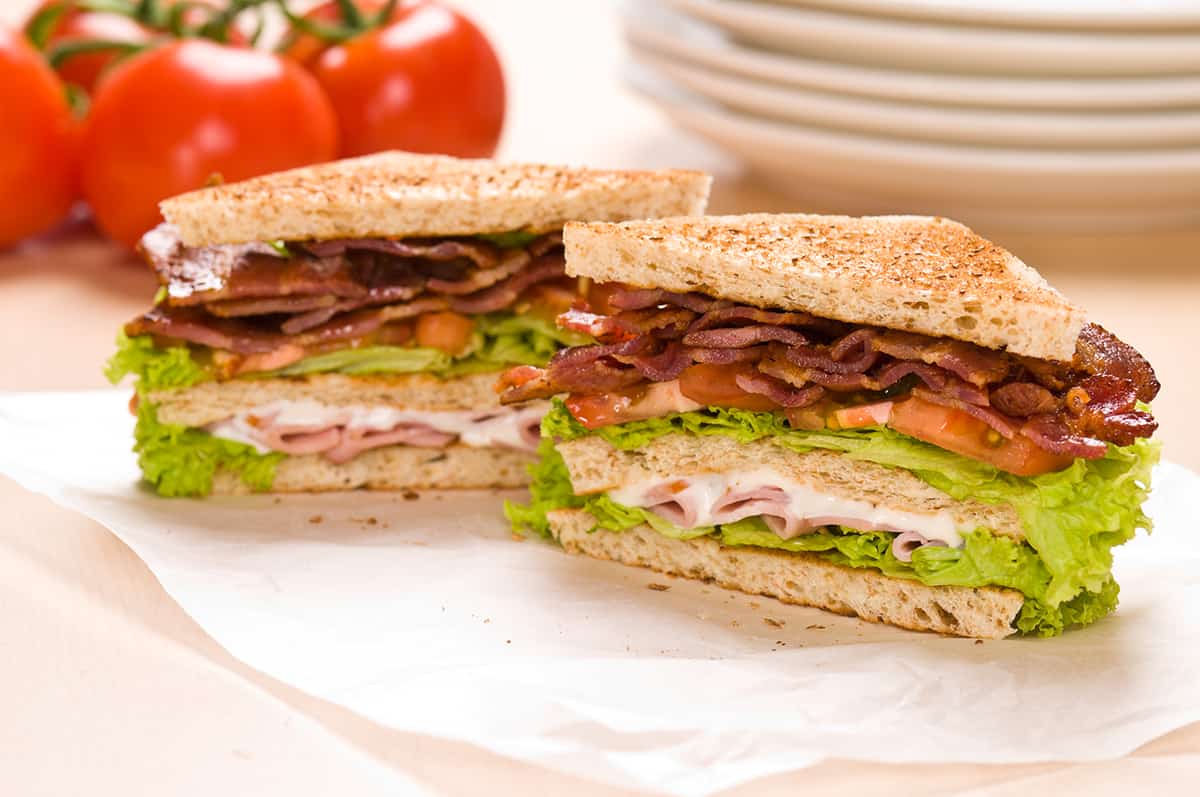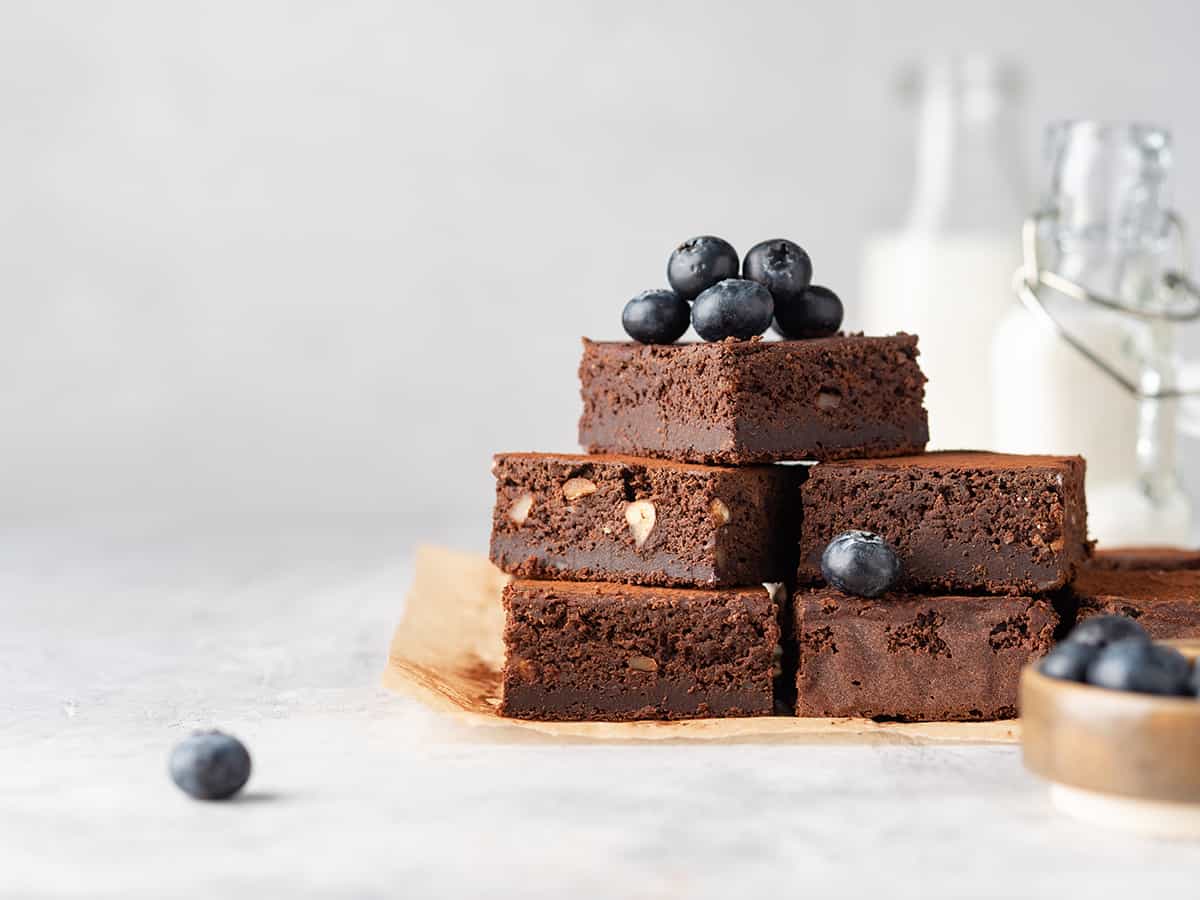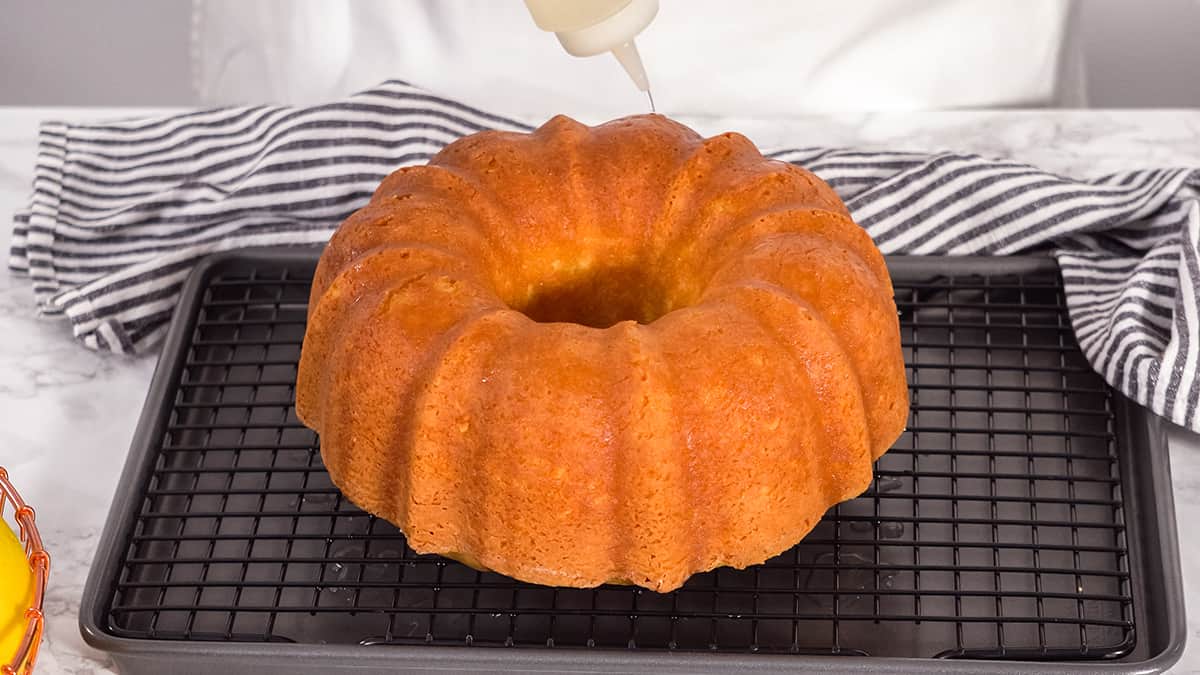French fries are one of the most difficult things to make at home. You read that right—the delicious, airy, super-delicious snack that everyone adores can be challenging. In reality, the “difficulty” involved in making French fries lies in the blanching process.
Before deep-drying your French fries, you should blanch them in a pot of boiling water for 5-10 minutes, depending on the fries’ thickness. After that, let them air-dry at room temperature for 15 minutes before giving them the final dunk in oil.
So, as you can see, making French fries is a multi-step process. Making French fries becomes a lot less stressful after you understand the science behind blanching potatoes. Let’s take a look at why you should blanch French fries and the blanching process.
What Is Blanching?
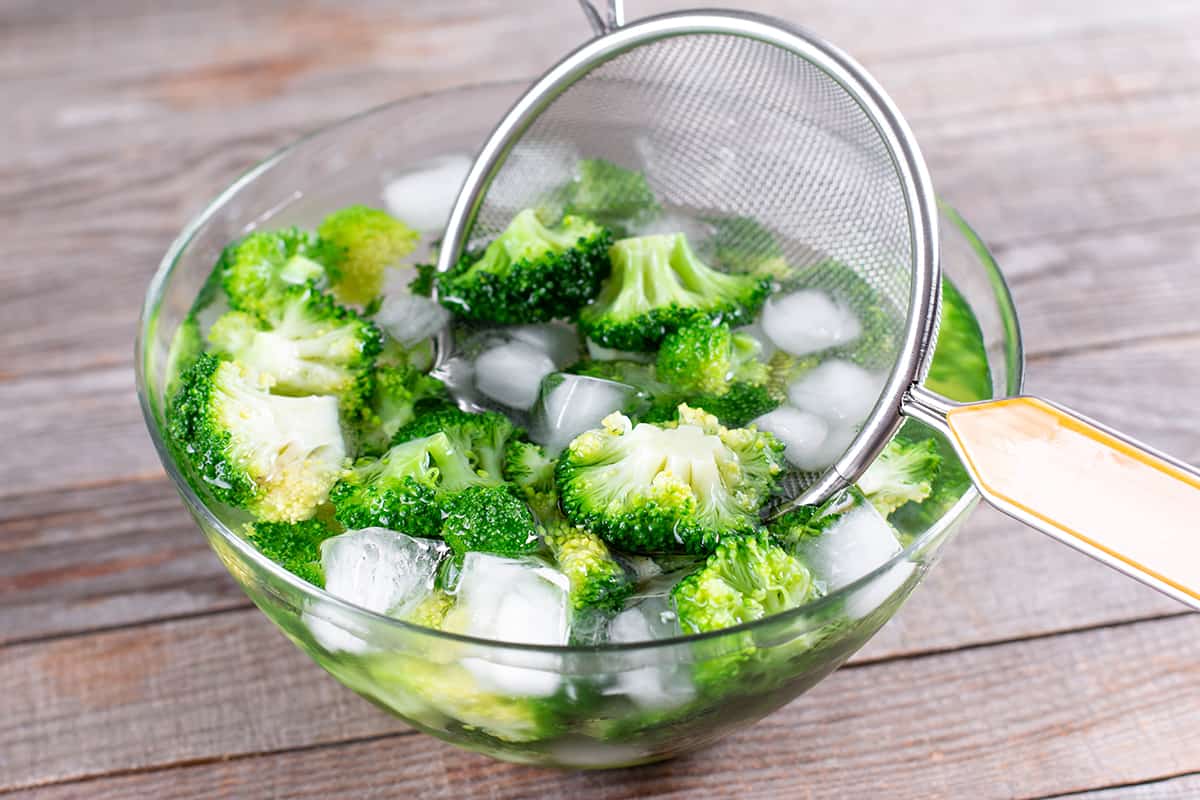
Before we talk about how long you should blanch potatoes for French fries, let’s first go over blanching.
In short, blanching involves boiling food ingredients before shocking them in ice-cold water. Some people will know this process as “temperature shock.”
The purpose of blanching is to stop enzymes from becoming activated during the final cooking process. When they are active, they will reduce the overall flavor of the ingredients, as well as alter the color and texture in unappetizing ways.
So, if you can stop enzyme actions from taking place during the final frying, your French fries will come out fluffier on the inside and crispier and more golden brown on the outside.
Why Should You Blanch Potatoes for French Fries?
The main reason for blanching potatoes or any vegetable is to retain its quality. Have you ever left a sliced potato on the kitchen counter for more than 10 minutes? The browning that occurs on the potato’s flesh will alter its texture and flavor, which we can avoid via blanching.
In addition, blanching potatoes for French fries can help you prepare large batches of the snack before you need to fry it. Say you have an upcoming event where dozens of family members and friends will show up. If you don’t have the time to prepare “fresh” batches of French fries on the spot, you can blanch them the day before and fry them when your guests have arrived.
Finally and arguably most importantly, blanching potatoes and other vegetables will cause their cells to shrink. So, when the potatoes go into an oil bath for the final time, they will soak up less of the fat. Your French fries will end up being airier and crisper as opposed to soggy and overly greasy.
How to Blanch Potatoes for French Fries?
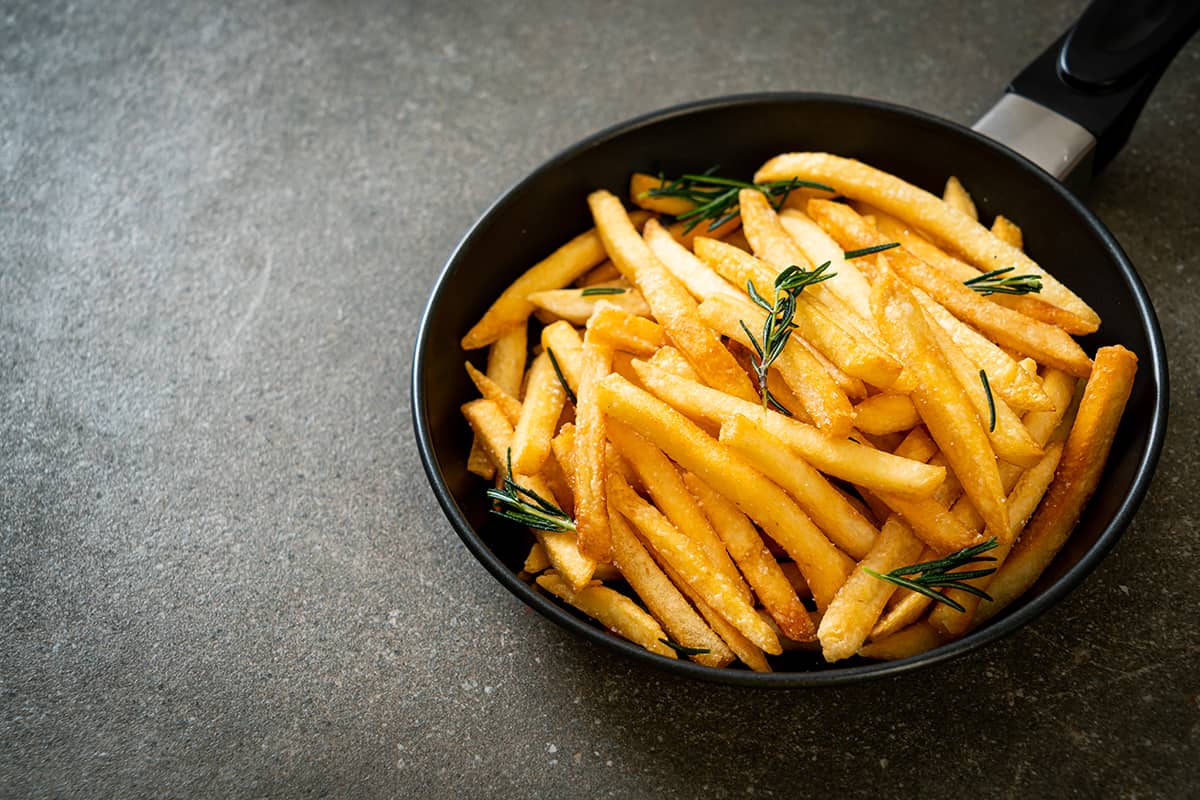
The entire blanching process should take around 5-10 minutes. Follow these steps to blanch your potatoes for French fries properly.
Step 1—Boil a pot of water. There should be enough water in the pot to fully submerge all of your potatoes.
Step 2—Dunk your potatoes slowly and carefully in the pot of boiling water.
Step 3—Prepare an ice bath. Fill a large bowl or basin with cold water and ice cubes.
Step 4—After 5-10 minutes of boiling, remove the potatoes from the pot of boiling water and strain them.
Step 5—Dunk the potatoes in the ice bath. Make sure the potatoes are fully submerged. Wait 5 minutes.
Step 6—Remove the potatoes from the ice bath and strain.
Step 7—Drop the potatoes on 2-3 sheets of paper towel placed over a colander to allow the excess water to strain. Wait 15 minutes for the potatoes to come down to room temperature.
The exact blanching time will depend on how thick you cut the French fries. Generally speaking, French fries measure 1 inch thick and will take 5 minutes to parboil. If you cut the potatoes any thicker, you will have to adjust the blanching period.
To tell when your potatoes are fully blanched, they should have gone from shiny to matte. They should also only be slightly broken down on the outside. If you can crush the potatoes with the tines of a fork, you have over-blanched them. However, after a final frying, they will turn out super-fluffy.
Blanching vs. Double-Frying
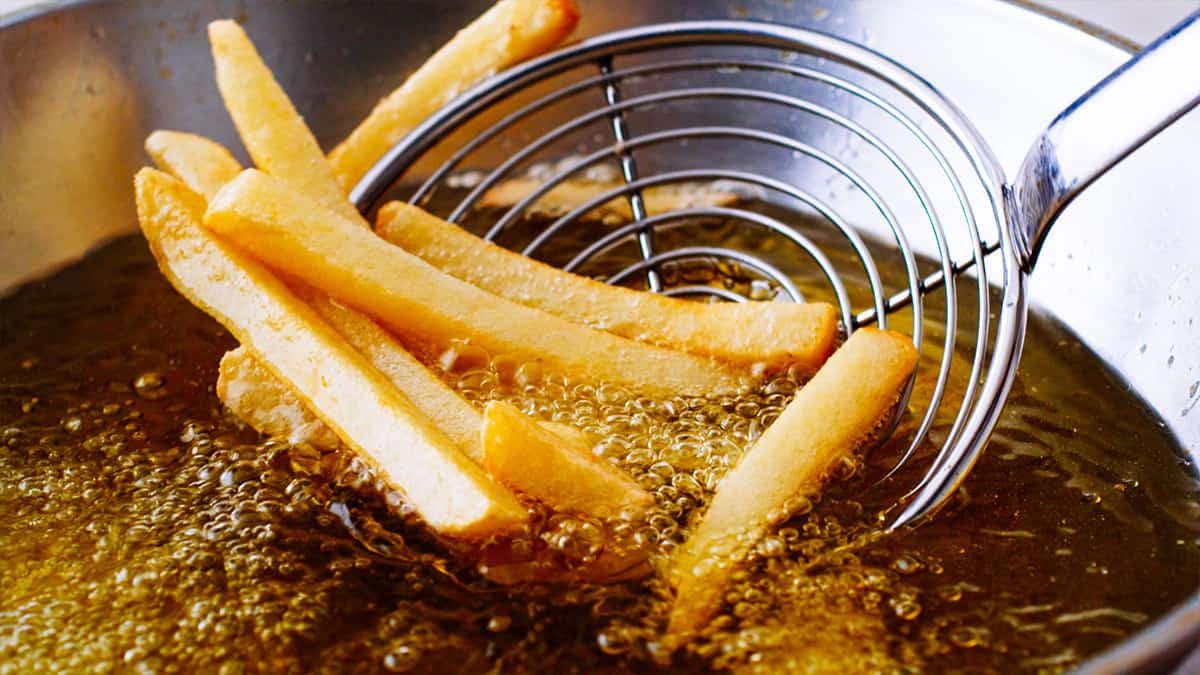
When it comes to preparing a batch of fresh French fries, you can employ 1 or 2 methods prior to the final frying—blanching and double-frying. We talked about the blanching process earlier, so let’s focus on double-frying for now.
Double-frying is a cooking technique where you fry your food ingredients (in this case, potatoes) in lower-temperature oil. When performing the first fry, the oil should only be 325°F. Fry for 3-4 minutes before removing from the oil, straining and placing the potatoes on a paper towel to remove the excess oil.
During the second fry, you crank the heat to 400°F and fry the potatoes for another 3-4 minutes. The second fry is what gives French fries their iconic brown hue and crispy texture.
Now, when comparing blanching to double-frying, there’s not enough of a reason to promote one over the other. If both methods are performed correctly, your French fries will not absorb any more oil than necessary during the final frying phase.
So, when it comes to choosing whether to blanch or double-fry your French fries, it’s a matter of personal preference.
Is Blanching Potatoes Worth the Trouble?
It can be, especially when you consider that potatoes take time to break down. Most people may feel opposed to dirtying two large pots for blanching and frying, but in the end, if you want restaurant-quality French fries, it’s worth going the extra mile.
Consider the opposite: without blanching your potatoes, they could become discolored and remain slightly hard on the inside. Blanching or double-frying your French fries will almost guarantee perfectly aerated French fries every time.
In addition, blanching potatoes isn’t just good for French fries. Whether you’re making roasted potatoes, loaded potato skins, potato gratin, or virtually any other potato-based recipe, if you blanch the potatoes before frying, roasting, or baking, then you’ll end up with a fluffier, more appetizing dish.
